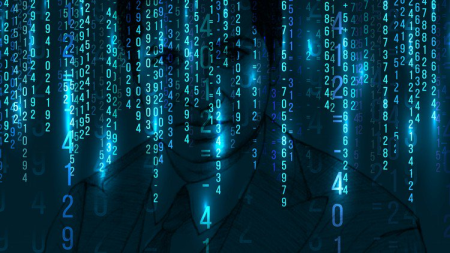
h264, yuv420p, 1280x720, 50 kb/s | English, aac, 48000 Hz, 2 channels, s16, 189 kb/s | 2h 36mn | 347 MB
Instructor: Shibaji Paul
Basic Number Theory - Decimal, binary, 2's complement, Octal, Hexadecimal, IEEE 754 single and double precision.
What you'll learn
Understanding different number systems like Octal, Hexadecimal and Binary. How binary number system is used to represent values in memory of computer.
Understanding complement technique, how signed integer represented using 2s complement in memory of computer. How to get the range of values for signed and unsigned system.
How to perform addition and subtraction in different number system.
How the real numbers are represented using IEEE 754 single and double precision formats.
How to create a customised number system of your own.
Requirements
Junior school math skill is required :)
No programming knowledge is required at all.
A pen and paper.
Last but not the least, drink a glass of water before you start listening. :)
Description
The main goal of this course is to teach the basics of Number Theory and how values are represented in the memory of computer. This is very basic knowledge that any programmer/ Computer Science student must posses. This course is to help all those aspiring programmers to build their sound fundamentals with Number Theory.
You will learn:
Basic concept of Number Theory.
Standard number systems - Octal, Hexadecimal, Binary.
How to convert number from any of these system to decimal and vice versa.
1s and 2s complement technique. Negative number representation using 2s complement technique.
How subtraction is done using 2s complement in the memory.
Real number representation using IEEE 754 standard (Single and Double precision).
Please do not enrol if you are:
Not interested of doing basic math calculations using pen and paper.
Expecting representations using graphics and animation, I did all the writings on the whiteboard. They are really easy to understand.
Feel free to ask questions in the Q/A section, you will find me always with you during the learning process.
Happy learning!
Who this course is for:
Those who wants to pursue a career in Computer Science or Electronics, particularly as a programmer or research scholar.
Who wants to have a good understanding of how values are represented in memory of computer.
All students who wants to understand different number system.
All students who wants to understand how real numbers are represented in the memory using IEEE 754 standard.
DOWNLOAD
uploadgig
rapidgator
nitroflare

